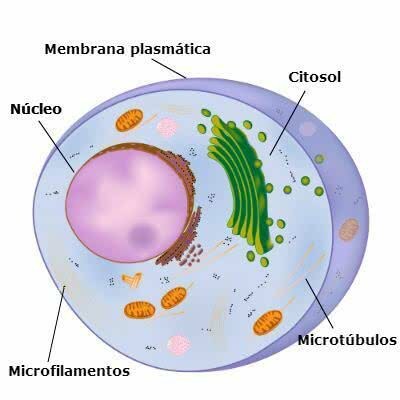THE hemochromatosis it is a condition in which iron accumulates in the individual's tissues, due to its excess in the body. Hemochromatosis can be a diseasehereditary (primary hereditary hemochromatosis) or acquired (also called secondary, caused by some conditions such as chronic anemia, blood transfusions, excessive iron diet, etc.).
Iron is an essential mineral for all living things, and under normal conditions a person has about three grams of iron in their body. In people with hemochromatosis, the absorption of iron by the intestinal mucosa is 4mg/day, or more, with consequent accumulation of iron in cells, which results in tissue damage, compromising the function of some organs and glands.
O excess iron in the body can cause organ rust, causing different consequences for each organ in the body. In the liver, this excess iron can cause cirrhosis, fibrosis, and even cancer; in the pancreas can cause diabetes; in the heart can cause heart disease; in joints can cause arthritis; in the glands it can cause malfunction and problems in hormone production; among other organs that may be affected and may have their functioning compromised.
Usually the liver is the first organ to be compromised, with its consequent increase, evolving for steatosis (fatty in the liver), fibrosis (hardening), cirrhosis and hepatocarcinoma (tumor malignant).
almost all hemochromatosis patients have skin pigmentation with a bluish-gray or metallic appearance, due to the increase of iron in the epidermis cells.
You symptoms of hemochromatosis patients depend on the amount of iron accumulated in the person's body, and in the first years there may not be any specific symptom or sign. As the iron accumulation becomes high, some non-specific symptoms start to appear, such as fatigue, weakness, abdominal pain, weight loss, impotence, amenorrhea in women, joint pain, among others. As they are different symptoms, which can be related to other clinical problems, the best way to detect hemochromatosis is blood tests at the time of check-ups.
O diagnosis of hemochromatosis is done in blood tests that measure ferritin levels and iron saturation. "Based on the result of the blood test, every patient with ferritin or high iron saturation, even with negative results, should be investigated,” explains Dr. Nelson Hamerschlak, coordinator of the Hematology and Bone Marrow Transplant Program at Hospital Israelita Albert Einstein (HIAE).
O treatment more common for hemochromatosis it is the therapeutic bleeding, also called phlebotomy, which consists of the periodic removal of blood (once or twice a week). In this treatment, with the removal of blood, the iron deposited in the tissues is displaced, thus, the formation of new hemoglobin molecules occurs, until there is no more excess iron in the body. The amount of blood drawn depends on some factors such as the amount of accumulated iron, the patient's physique, among others.
Doctors recommend that people with hemochromatosis stop consuming foods rich in iron (such as red meat and dark green leaves) and foods rich in vitamin C. It is good that such people avoid consuming raw or undercooked seafood, as they can transmit a microorganism that causes serious poisoning in people with hemochromatosis. Intake of foods rich in calcium is important as they decrease the absorption of iron from food.
Left untreated, hemochromatosis causes iron overload, and the most compromised organs are the liver, pancreas and heart, it can cause serious conditions, such as liver failure, hepatocellular carcinoma (liver cancer), diabetes and arrhythmias cardiac arrests.
Do not stop now... There's more after the advertising ;)
By Paula Louredo
Graduated in Biology

